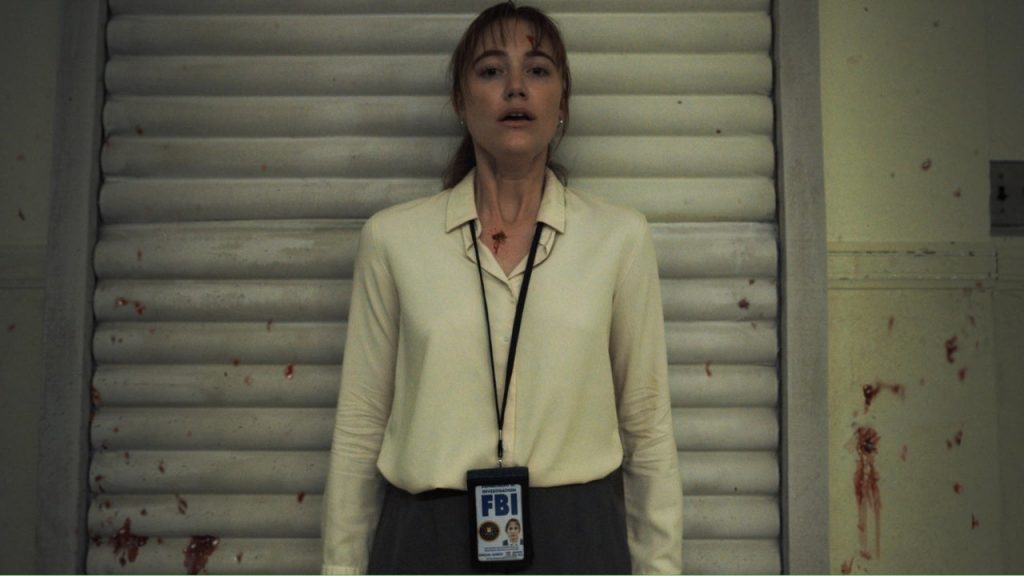
“Longlegs,” starring Nicholas Cage and Maika Monroe, quickly became one of the most talked about films of the summer and earned the title of the highest-grossing indie-horror project in the last 10 years, outperforming “Insidious: Chapter 3” and “Talk to Me,” which flooded social media platforms after its debut in the United States. Despite the film’s impressive earnings in the global box office — over $101 million — “Longlegs” seemed to fall flat.
Although the film is centered around the looming threat of a self-named serial killer, Longlegs (Cage), his fleeting appearances and lack of screen time were shocking and ultimately a huge disappointment.
Cage’s performance was said to be creepy, off-putting and sinister. However, there wasn’t enough of him throughout the film to maintain the suspense. Instead, the film followed the perspective of FBI Agent Lee Harker (Monroe) which would’ve worked well if not for the character’s painful mundanity.
Scenes with each of the main characters were followed by a series of even more uneventful and insignificant scenes that very slowly pushed the movie along. All of this was topped off with a half-baked multi-genre ending that was somehow too much for the film and not enough. In fact, the audience was left with more unanswered questions than not because of the supernatural elements and occult overtone which was thrown in at the very end, despite the film leading the audience to believe Longlegs to be nothing more than a clever serial killer.
Still, “Longlegs” wasn’t completely lost as there were some good qualities about the film including the cinematography, which stuck with a consistent theme of dim, yellow lighting and warm colors. There were some strong standalone scenes and the concept, up until the end, was interesting and generally quite artistic. Its only and greatest downside was that its slow pace dulled the film down, although it was likely meant to make room for the buildup of tension and suspense.
Indie films are more often than not creative and relatable, but sometimes they can fall into the category of wannabe-unique film art that can only be understood by a select few. Although this might not be the intentional effect that the creators of “Longlegs” wanted to have, it seems to have gone in that direction. The film was weird, which is good within the indie film genre, yet its lackluster performance and ending made it boring and confusing.
In contrast, “Talk to Me,” a film about a friend group that experiments with a supernatural embalmed hand that leads to the unleashing of dangerous entities, is a great example of indie-horror done well. As the main character, Mia, played by Sophie Wilde, grapples with her mother’s recent and unexplained suicide, the audience is thrown into a world that blends horror and grief. The concept is unique, the characters are relatable, the momentum is uninterrupted and most importantly, it is disturbingly terrifying.
Unfortunately, “Longlegs” was unable to pull off the same level of passion.
Although “Talk to Me” is an example of a more intense indie-horror film, “Skinamarink” and “Hereditary” had more of an emphasis on the slow build of tension and suspense, which seems more akin to the goals of “Longlegs.” In this instance, what separates these movies is their success in sustaining momentum by engaging with the audience. The recurring clicking of a dead character’s tongue or blue staticky darkness is enough to get an audience riled up, and the repetition of these fear-invoking tactics keeps the audience immersed. On the other hand, “Longlegs” throws in a freaky scene with Cage acting socially awkward and moves past it — without playing with that eeriness.
“Longlegs” works to an extent as an artistic and niche take on horror, but much could have been nurtured to create a more thrilling watch instead of another mediocre and hard-to-love indie film.


